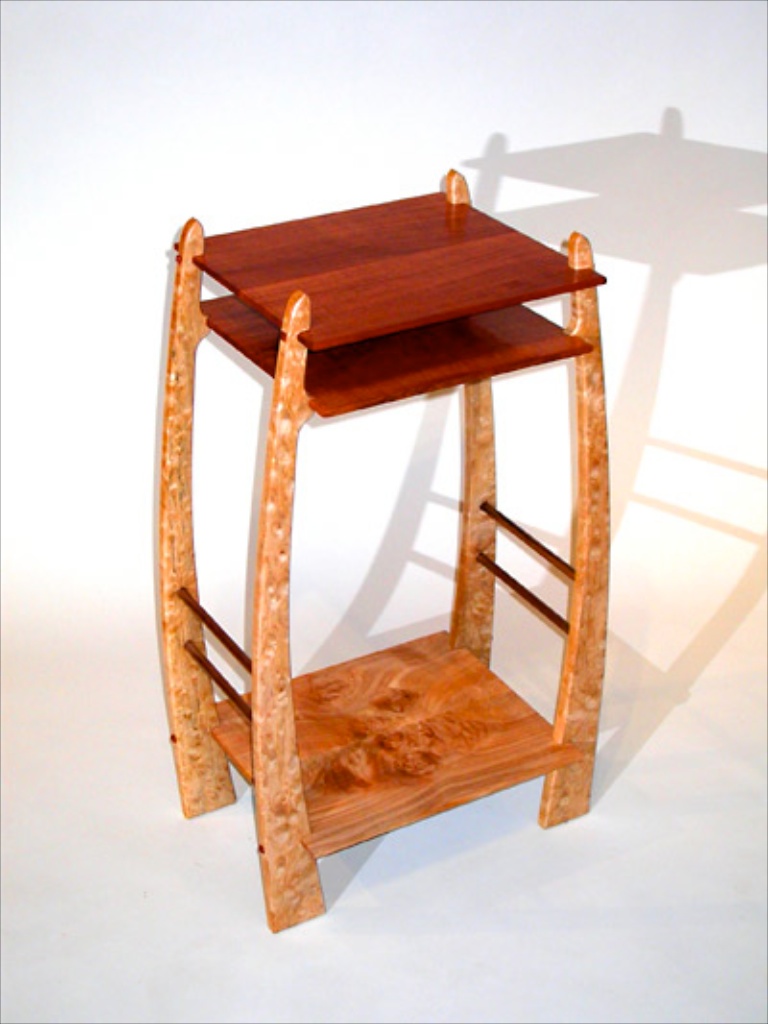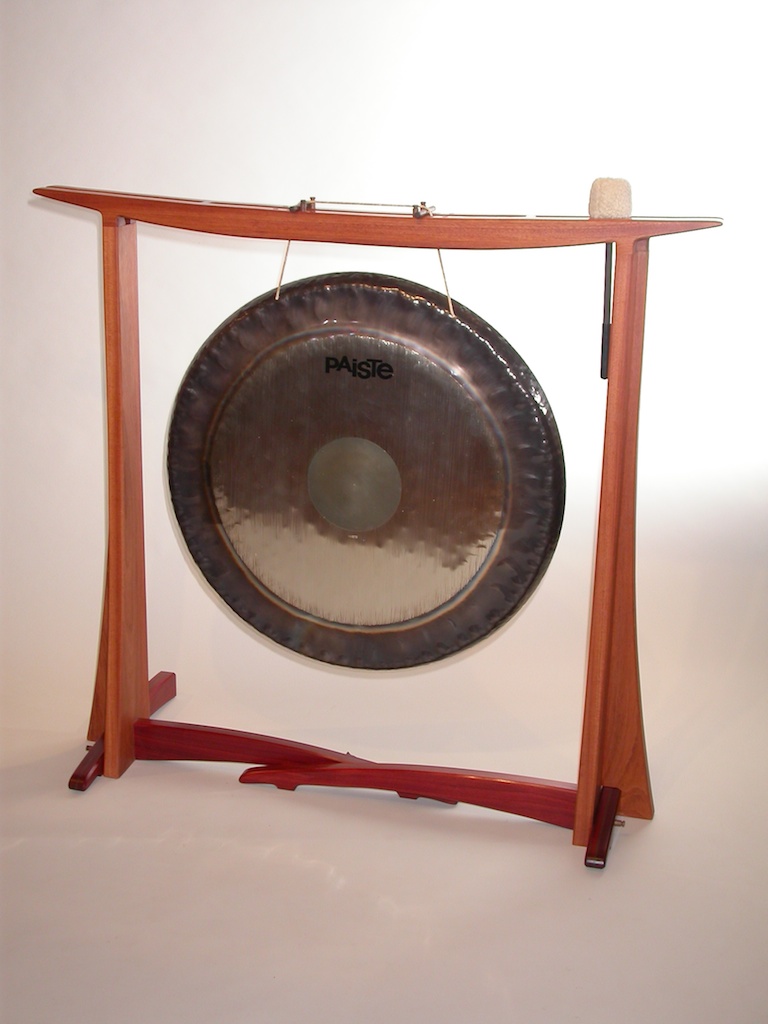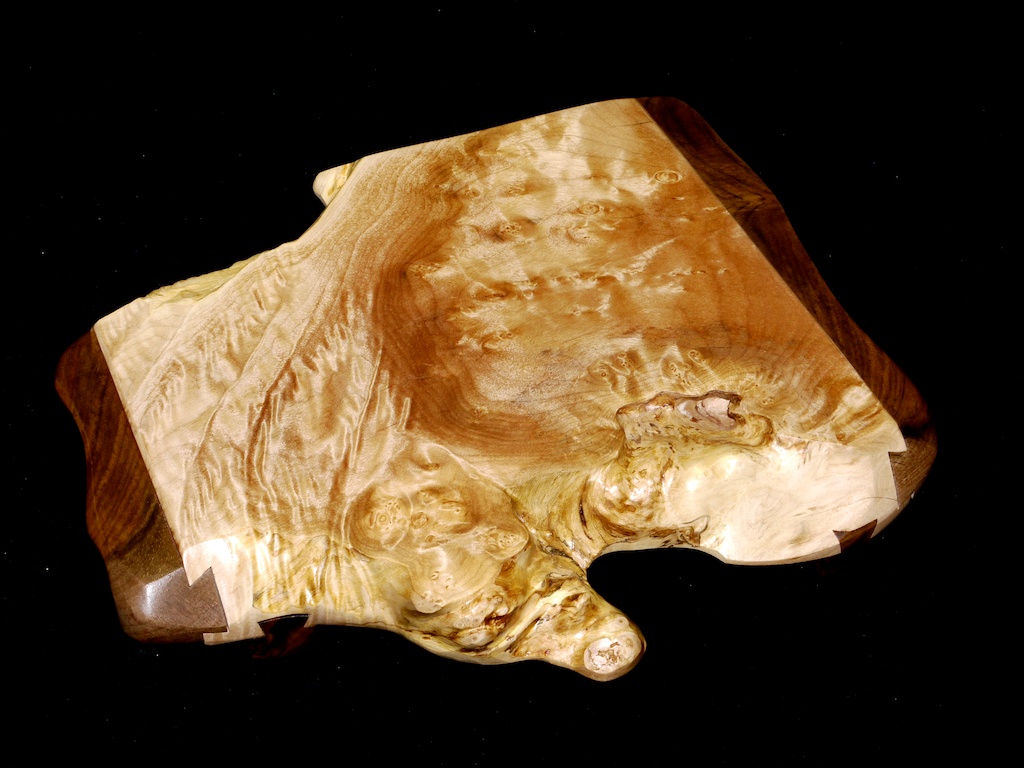Lots of interest in the GMC wheel alignment kits I designed & build
 Tuesday, November 1, 2011 at 6:33PM
Tuesday, November 1, 2011 at 6:33PM Over the past few months I have been busy developing a new wheel alignment kit for the iconic 1970's GMC motor homes. You can see more info on the GMC page.
This all started with I found that even quality professional alignment shops struggled to do a correct job of aligning the six wheels on these unusual motor homes. The combination of a self leveling rear air bag suspension and a torsion bar front suspension are a bit out of the norm for most alighment shops. The root cause issue is these GMCs need to be driven for several miles any time the wheels or the frame are jacked up before the coach will settle into the ride level it will have going normally down the road.
The typical alignment shop will drive the coach up onto their alignment rack, measure the front wheel camber, caster and toe without first checking to see if the rear and front ride heights are at the factory specified settings. If they see a need for an adjustment, they will jack up the coach to make it easier to reach the front and rear of the upper A arm where camber and caster adjustments are made. Once they make what they think will be the correct setting, they drop the coach back down on their rack, bounce it a bit and take the readings again. If it looks like it is within spec, they hit the button to do a print out and think they are done.
The customer sees the very accurate looking print out, thinks all is well, and drives off. A few miles later the coach has settled into a lower attitude than it had on the rack and camber, caster and toe are all three now incorrect. The alignment tech thought they did the right thing, but did not account for this phenomina of the ride height changing within the first few miles of driving so everything is off.
The answer came in the form of very low to the ground turn plates that allow the coach to be pushed or driven up onto the turnplates WITHOUT lifting the wheels or the frame off the ground so the ride height is whatever it will be while the coach is going down the road. Now the measurements of camber, caster and tow will be correct for that ride height, even if it is not set to the factory spec.
It is best to first measure the rear ride height and set it to the factory spec with the go/no go gauge I include with the alignment kit. If the rear is not at the correct ride height, the user can add or subtract air from the rear air bags until the correct factory ride height is achieved. Once the correct ride height is set on both sides at the rear, then and only then can you properly measure front ride height. If the front ride height is off, it can only be adjusted by using a special tool to unload the front torsion bars, move the adjuster bolts and retensioning the torsion bars. To do so requires lifting the coach off the ground, so you need to drive it five or so miles before rechecking. Once you have the front and rear ride heights set properly, then checking the alighment using the kit is easy for anyone to do on any relatively level surface.
Read all about the simple proceedure on the GMC page. You can do all six wheels to better than commercial alignment shop tollerances, even if you are a bit mechanically challenged.
Jerry



